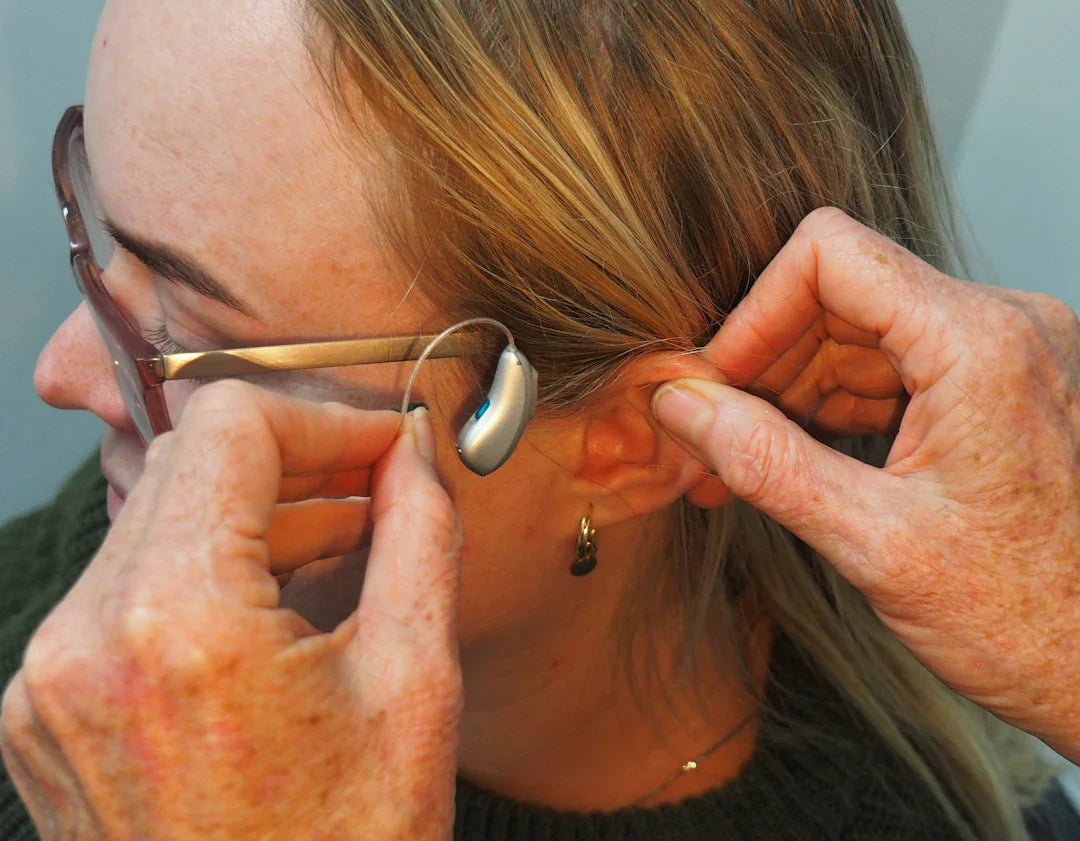Frequently Asked Questions
1. Are hearing aids only for the elderly?
2. Do hearing aids completely restore hearing?
3. Are hearing aids bulky and obvious?
4. Do hearing aids make everything louder?
5. Are hearing aids too expensive?
When it comes to hearing aids, misconceptions abound. Many individuals suffering from hearing loss hesitate to seek help, often due to misinformation. This article aims to debunk the most common myths surrounding hearing aids, empowering you to make informed decisions about your hearing health. Whether you’re new to hearing aids or considering them for a loved one, understanding the truth can lead to a better quality of life.
Myth 1: Hearing Aids Are Only for the Elderly
One of the most prevalent myths about hearing aids is that they are designed solely for older adults. In reality, hearing loss can affect individuals of any age. Factors such as genetics, exposure to loud noises, and certain medical conditions can lead to hearing impairment in younger populations.
The Reality of Hearing Loss Across Ages
According to statistics, approximately 1 in 5 teenagers experience some level of hearing loss. This condition does not discriminate based on age. It’s essential to understand that if you or someone you know is experiencing difficulty in hearing, seeking help sooner rather than later can prevent the situation from worsening.
Myth 2: Hearing Aids Completely Restore Hearing
While hearing aids can significantly enhance auditory experiences, they do not restore hearing to normal levels. Many believe that these devices will allow them to hear perfectly, but it’s important to have realistic expectations. Hearing aids amplify sounds, allowing users to detect sounds they might have missed, but they do not fix issues related to the inner ear or auditory nerve damage.
Understanding the Limitations
Having realistic expectations can also lead to better satisfaction with hearing aids. They help users navigate the world of sound more efficiently, but they cannot replicate the hearing experience of someone with normal hearing. As a result, it’s crucial to understand their limitations and how they will serve your needs.
Myth 3: Hearing Aids Are Bulky and Obvious
A common belief is that hearing aids are large, unattractive devices that are easily noticeable. Today’s advances in technology have led to the creation of sleek and sophisticated models. Many hearing aids are now designed to be discreet and blend seamlessly with your natural appearance.
Styles and Options Available
- In-the-ear (ITE): Custom-made to fit the contours of your ear, these hearing aids are less visible than traditional models.
- Behind-the-ear (BTE): While slightly larger, many BTE models come in a variety of skin tones to ensure discretion.
- Receiver-in-canal (RIC): These are small and fit comfortably in the ear canal, allowing for a more natural sound experience.
The evolution in hearing aid design allows for personalization based on style preference, level of hearing loss, and lifestyle needs. For those with dexterity issues, devices that come equipped with a remote control can greatly enhance the user experience, making adjustments seamless.
Myth 4: Hearing Aids Make Everything Louder
It’s a common fear that using hearing aids will simply amplify all sound, including background noise, rendering everyday life overwhelming. While hearing aids do increase volume, modern technology has advanced to provide various features like noise reduction and digital sound processing. This means that hearing aids are designed to enhance speech while minimising disruptive background sounds.
Adaptive Features for a Better Listening Experience
The adaptability of hearing aids allows users to tailor their experience according to different environments. Whether you're in a quiet room, a busy restaurant, or at a social gathering, many hearing aids can automatically adjust settings to enhance clarity and reduce unnecessary noise.
Myth 5: Hearing Aids Are Too Expensive
While it's true that some hearing aids can come with a hefty price tag, viewing them as an investment in your health is essential. Moreover, the costs associated with untreated hearing loss, such as social isolation and declining mental health, can far exceed the initial expense of hearing aids.
Exploring Financial Assistance Options
Additionally, various payment plans, financing options, and even insurance coverage can significantly offset costs. Always look into local and national programmes which can provide assistance for those in need.
Myth 6: You Can Buy Hearing Aids Online
Although you can find some hearing devices online, purchasing hearing aids without professional guidance is not advisable. A hearing test performed by a qualified audiologist is crucial for determining the specific needs of your condition. The nuances of hearing loss vary from person to person, making it important to find a device that is tailored to your unique hearing profile.
The Importance of Professional Expertise
Qualified professionals can help interpret hearing test results and recommend the best options based on your lifestyle and auditory needs. They also provide support in adjusting settings and ensuring that the aids fit properly—an essential aspect of ensuring user comfort and efficacy.
Myth 7: Hearing Aids Can’t Be Used with Other Devices
Many individuals believe that hearing aids function in isolation, but this is a misconception. Today's hearing aids can connect to smartphones, televisions, and other devices, enhancing the audio experience.
Enjoying Seamless Connectivity
Bluetooth technology allows users to stream audio directly from their devices to their hearing aids, making conversations, music, and podcasts clearer and more enjoyable. Other options available for those with dexterity issues include remote control features that can make adjustments simple and convenient.
Myth 8: Hearing Aids Are a Sign of Weakness
Perhaps one of the more damaging myths is the belief that wearing hearing aids signifies a deficiency or weakness. In reality, using hearing aids is a courageous step toward reclaiming your ability to engage with the world around you.
Breaking the Stigma
It’s essential to change the conversation surrounding hearing loss. Wearing a hearing aid is a sign of strength and self-advocacy. It demonstrates your commitment to your health and your desire to maintain meaningful connections with others.
Myth 9: You Don’t Need Regular Check-ups for Hearing Aids
Once you’ve acquired a hearing aid, it’s not enough to simply using it without ongoing care. Some people think that one visit to an audiologist is sufficient, but just as with any health device, hearing aids require regular maintenance and adjustments.
Your Hearing Needs Evolve
As your hearing ability may change over time, regular check-ups ensure your device is adequately programmed to meet your current needs. These appointments can also include cleaning and repairs, extending the life and effectiveness of your hearing aids.
The Bright Side of Hearing Aids: Your Gateway to Better Hearing
After debunking these common myths, it’s clear that hearing aids offer numerous benefits and aren't the daunting devices they're often perceived to be. They can improve social interactions, enhance relationships, and significantly increase overall quality of life.
If you or a loved one is facing hearing challenges, do not let these misconceptions hold you back from seeking help. Consult a qualified audiologist today and explore the options available. Remember that hearing aids are not just devices; they are your gateway to reconnecting with the sounds and voices that matter most.




